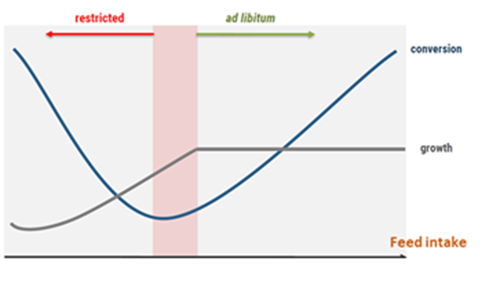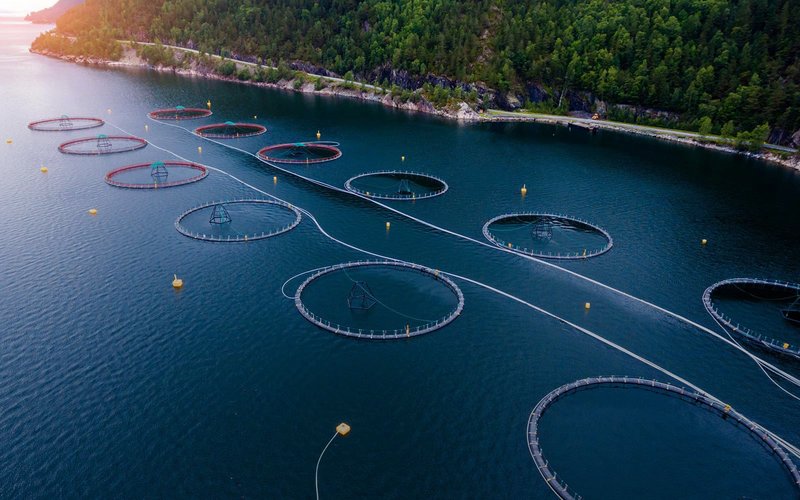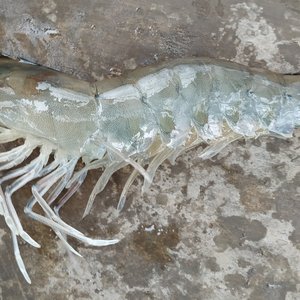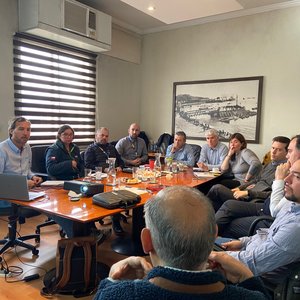The main goal of any fish farmer is – and will always be – to know with some degree of precision the daily amount of a given diet needed to efficiently produce their fish. On the one hand, a diet must meet daily nutrient and energy requirements for maintenance, growth or reproduction, and on the other hand, feeding management practices must be addressed, since they can also have a tremendous impact on growth performance, farm profits and environmental load.
The choice of feeding strategy used is intimately linked to farm conditions, business strategy and resources available (labor, feeding and intake control tools). Aquasoja has available solutions adapted to each market and is offering a technical support service to improve each farm performance.
As shown in the figure below, feeding can be either restricted or ad libitum, each one affecting fish growth and feed conversion ratio differently.

Restricted feeding means feeding below the maximum daily intake of each fish. As such, one must establish the amount of feed to deliver to fish and then reduce it. For this purpose, feeding tables are commonly used, indicating how much feed should be supplied per kg of fish per day to have optimal growth. If well-practiced, the farmer is working towards maximum efficiency but there is a risk of severe underfeeding, resulting in reduced growth and increased fish competition for feed. This may lead to size dispersion and aggressive behavior, ultimately leading to skin lesions and in most severe cases, mortality. Consequently, in extreme restriction, high size dispersion, increased FCR and decreased growth rates are always observed.
Ad libitum means supplying feed so that fish are fed to satiety. In this scenario, it is important to establish the criterion of satiety (surface behavior, observation on uneaten pellets on the bottom, etc.). The advantage is that the fish farmer is assuring maximum growth while feed conversion is not the priority or focus. If the ad libitum level is exceeded, overfeeding will take place and this will result in feed wastage and, consequently, pollution of the environment and reduction of farm profits, ultimately increasing FCR.
There is not a simple answer to this problem, as this may vary accordingly to the conditions observed. Ultimately, each farmer must decide which approach is more beneficial to their business.













